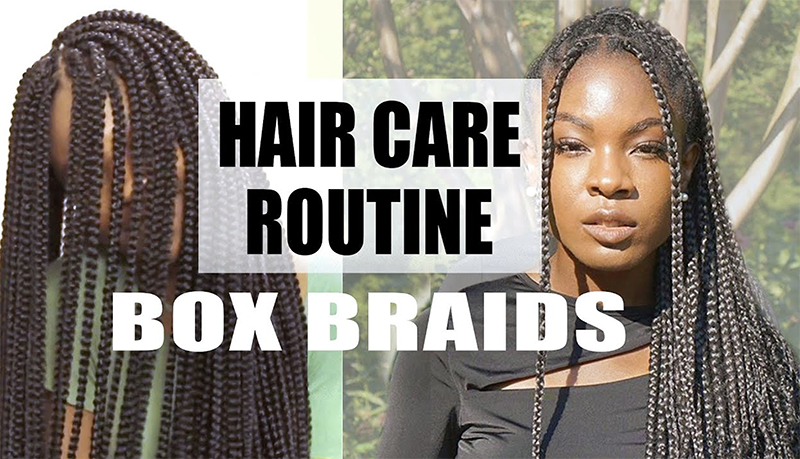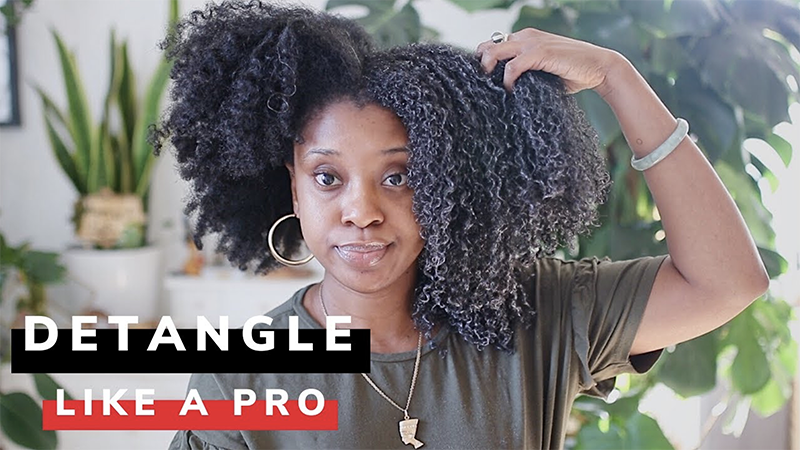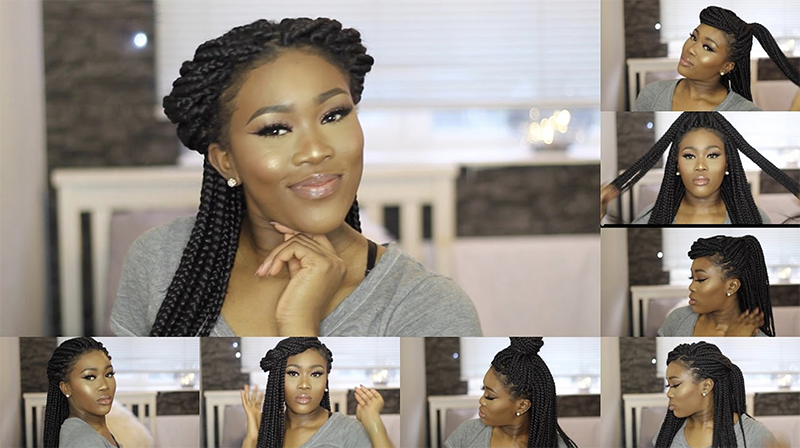Q&A: Braiding Helps Hair Growth?
Hair is generated in a hair follicle, which is located in the derma layer above the subcutaneous fat and under the epidermis. Most people think braiding would aid hair generation in the hair follicles and result in rapid hair growth. However, it is not entirely true. Let’s get to the details.
Fact 1. Protect your hair tips!
A healthy woman’s hair is meant to grow continuously. Regardless of hair type, most hair grows at a rate of a half inch a month while some people have faster growing hair due to hormones or genetic predispositions. The point here is to maintain your hair length. The hair growth cycle has four phases: a long-lasting growing period and subsequent transition and resting periods. At the end of the resting phase, your follicle sheds the hair strand and start growing a new hair, repeating the cycle. However fast your hair grows, if you do not maintain its health, your hair will not last. In order to keep healthy growing hair, you should care hair tips to prevent splits or breakage.
Fact 2. Braiding protects the hair.
You cannot accelerate the growth of hair with braiding. However, it does help you maintain your hair length. In other words, your braiding will protect your hair from damages caused by tangling, chemical exposures, heat exposures during hairstyling routines. That is why braiding styles are often called protective styles. The important point is that not all braiding hairstyles would help protecting your hair.
Fact 3. Hair damages caused by braiding?
To have braiding protect your hair from damages, you should time it right. If you use chemical relaxers immediately before braiding, you would further weaken your already weakened hair. Also, wet hair tends to break more readily, so you should not braid your wet hair. Always completely dry your hair first. Bleach can cause change within your hair structure, making it prone to damage. Avoid braiding immediately following bleaching. While braiding can typically last one or two months, you are risking hair loss and breakage if you keep it too long.
Fact 4. Dos and don’ts.
To keep a healthy growth of hair, you should pay attention to the followings:
- You should shampoo before braiding. Shampooing removes chemical residues and dusts from prior styling before braiding.
- Do change your styles often to move around pressure points in your hair. For example, if you keep ponytails or up-dos for an extended period, you would put stress on a certain area of the scalp and follicles.
- Do not skip your maintenance routine after braiding. You should provide moisture at night preferably by wrapping your hair with a satin scarf. A satin pillowcase is a plus. You’d better avoid cotton pillowcases that take away moisture from your hair.

A YouTube video talking about how-to maintain braiding hair.

Fact 5. Moisture is essential for hair growth!
The key to the hair growth is to supplement moisture and protein to the hair and prevent hair breakage. If you are getting one of moisturizer products available at stores, you should check the ingredients first. A good moisturizer does not include mineral oil or lanolin oil. In fact, mineral oil, such as Vaseline, can block penetration of moisture into the hair. If you have to have oils, natural oils such as jojoba oil, amla oil, emu oil, and rosemary oil, are better choices.
Fact 6. Finger-combing?
Hair loss and damages can be caused by choosing a wrong type of comb. Finger-combing, literally combing your hair with fingers, can be of use in controlling tangling. Because you apply force while touching hair, you can avoid applying too much pressure on damaged hair. This can minimize hair damages, and in a long run, it would greatly help sustaining your hair length. For finger-combing, divide your wet-to-touch hair into sections and comb from the end of your hair toward the hair roots using your fingers.

A video about detangling your hair with finger-combing.

Fact 7. Thickness and tension of braid
Microbraiding, a smaller braiding, have brought hair loss to many women. The ideal braid thickness is of a pen, and this thickness helps coating each individual hair strand while shampooing and moisturizing. In addition, too strong of a tension during braiding can cause hair loss. Therefore, you should ask your stylist to apply medium tension throughout your braiding session.
Fact 8. Box braiding is the answer.
Micro braiding that uses a smaller number of hair strands is known to cause hair loss. While all braiding hair can cause hair damages unless properly maintained, if you want the braiding type that is least detrimental to hair, you should get box braid. If you are going with crochet braiding, pay an extra care not to pull the cornrow or squeeze crochet braiding inside cornrow too tightly. It would cause hair loss or damages to follicles.

A YouTube video introducing various styling how-tos using box braid
